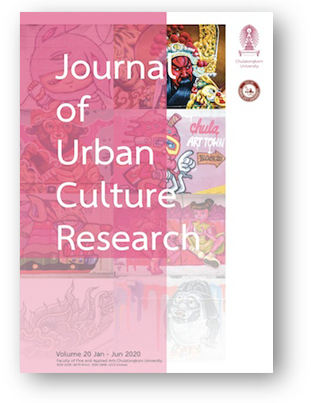The Rebuilding of Memory Through Architecture: Case Studies of Leipzig and Dresden
DOI:
https://doi.org/10.14456/jucr.2020.7Keywords:
Urban Renewal, Reconstruction, Protection, HeritageAbstract
The focus in the paper is on the physical reconstruction of the city core. This is especially important in areas that have suffered discontinuity in the development, as a result of the historical flow of events and war disaster. The specificity of the German cities is the combination of the cultural heritage of different periods that survived the war destruction, renewed structures, more or less according to the originals and reconstructed parts of the urban tissue in the style of the contemporary epochs and trends. One of the important conclusions is how we treat our urban heritage, no matter from which period dates. The rebuilding of the architectural content creates a testimony of duration, lifestyle, and adaptability. The beauty of the city and its identity is in visible layers set in unique dialogue.
Downloads
Published
How to Cite
Issue
Section
License
Authors authorize the JUCR to publish their materials both in print and online while retaining their full individual copyright. The copyright of JUCR volumes is retained by Chulalongkorn University.
The views and opinions expressed herein are those of the individual author(s) and do not necessarily reflect the policies or opinions of the Journal (JUCR), it editors and staff, Chulalongkorn University, or Osaka Metropolitan University.








